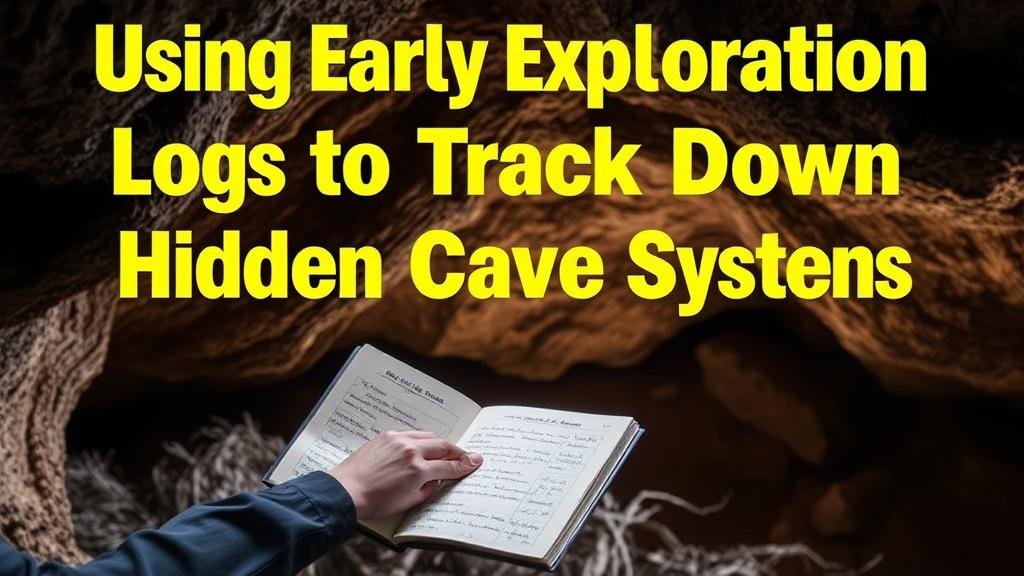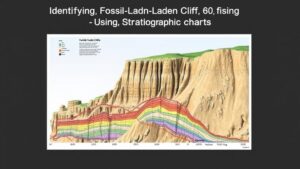Using Early Exploration Logs to Track Down Hidden Cave Systems
Using Early Exploration Logs to Track Down Hidden Cave Systems
Cave systems are significant geological features that often harbor unique ecosystems, archaeological artifacts, and valuable mineral resources. The exploration of these subterranean wonders has garnered considerable interest among geologists, cavers, and researchers alike. One powerful tool in the pursuit of discovering hidden cave systems is the use of early exploration logs, which record the findings and observations of early explorers. This article investigates how early exploration logs serve as instrumental resources in tracking down hidden cave systems, providing a historical context, methodological insights, and case studies that highlight their importance.
Historical Context of Cave Exploration
The exploration of caves dates back to ancient civilizations, where they were often associated with various rituals and myths. Notable examples include the Cave of Altamira in Spain, which features prehistoric paintings dating back approximately 36,000 years. In the 19th century, systematic exploration began to gain traction, propelled by the advent of geology as a science and the romantic allure of adventure.
- 1793: Sir Joseph Banks, an eminent botanist, studied the limestone caves of the Yorkshire Dales.
- 1842: Edwin D. McCarthy published “Caving in America,†which highlighted various cave systems such as Mammoth Cave in Kentucky.
These investigations resulted in the creation of exploration logs–detailed accounts documenting cave surveys and geological observations. Such logs, penned by explorers and enthusiasts, provide a foundation for collaborative efforts to discover and understand hidden cave systems.
Methodological Importance of Exploration Logs
Exploration logs contribute significantly to various methodologies employed in cave research. They serve as primary historical sources that offer insights into the locations of previously unexplored or undocumented caves. For example, logs frequently contain geographical coordinates, rock formations, water sources, and ecological notes that can guide contemporary searches for new systems.
One notable example includes the early exploration logs of the Carlsbad Caverns in New Mexico, where initial discoveries made in the late 1800s documented extensive cave systems that have only recently been fully explored, revealing vast chambers and intricate formations.
- Log Entry Example: In 1898, explorer Jim White noted, “The cave is colossal; streams carve through the rock, hinting at far-reaching passages.â€
- Impact: This entry directed future explorers to investigate the area further, leading to the official establishment of Carlsbad Caverns National Park.
Applications and Case Studies
Using early exploration logs effectively combines historical analysis with geographic information systems (GIS) technology. By overlaying recorded data from logs onto modern topographical maps, researchers can visualize and predict the existence of hidden cave systems. This practical application has facilitated new explorations in diverse regions.
A prominent case study is the investigation of the Leakey Caves in Tanzania, where early 20th-century exploration logs indicated the presence of unexplored caverns. Recent studies, incorporating these logs, uncovered a significant network of caves containing evidence of early human habitation and artifacts dating back 1.5 million years.
- Methods: Researchers employed spatial analysis techniques, examining geographic data alongside historical records to identify potential entrances.
- Findings: Discovery of human skeletal remains and tools marked the caves as critical archaeological sites.
Potential Challenges and Considerations
Despite their considerable value, early exploration logs are not without challenges. Issues such as the accuracy of historical records, potential bias in observations, and changes in land use can complicate modern interpretations. Also, geographical changes over time might obscure or entirely erase cave entrances noted in these logs.
- Accuracy Concerns: Some early explorers lacked formal training in geology, resulting in vague or misleading accounts.
- Technology Limitations: Modern expeditions must adapt to technological innovations, necessitating reinterpretation of historical data.
Actionable Takeaways
To wrap up, early exploration logs are invaluable resources for discovering hidden cave systems. Researchers and explorers can build upon these historical documents to enhance contemporary cave exploration efforts. Future explorers should consider the following actionable strategies:
- Conduct thorough reviews of historical logs to identify potential sites for exploration.
- Integrate modern technology, such as GIS and remote sensing, to analyze data from exploration logs effectively.
- Collaborate with organizations focused on cave preservation and archaeological recovery to ensure comprehensive documentation of findings.
As caving continues to evolve, the inclusion of historical exploration logs in existing methodologies can not only enhance our understanding of cave systems but also contribute significantly to the field of geology and environmental science.



